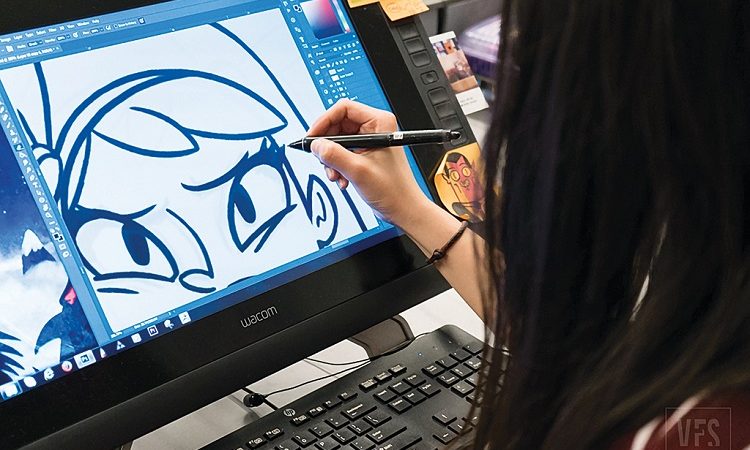Unveiling the Essence of Easter Day: A Celebration of Renewal and Hope

Easter Day, a joyous occasion celebrated by millions around the world, holds profound significance beyond its colorful eggs and festive traditions. Rooted in religious and cultural history, Easter is a day that symbolizes renewal, rebirth, and the triumph of hope over despair. As we delve into the multifaceted meanings of Easter, we discover a tapestry of faith, folklore, and the universal human yearning for transformation.
The Historical and Religious Context:
At its core, Easter is a Christian holiday commemorating the resurrection of Jesus Christ on the third day after his crucifixion, as described in the New Testament of the Bible. This pivotal event, known as the Resurrection, is considered the cornerstone of Christian faith, signifying the victory of life over death and offering believers the promise of eternal salvation.
The Easter story unfolds during the Passion Week, beginning with Jesus’ triumphant entry into Jerusalem and concluding with the Last Supper, his betrayal, crucifixion, and eventual resurrection. The symbolism embedded in this narrative represents a powerful message of redemption, forgiveness, and the transformative power of divine love.
For Christians, Easter is a time of spiritual reflection, gratitude, and renewal of faith. It serves as a reminder of the ultimate sacrifice made by Jesus and the hope that emerges from the darkest moments. The forty days leading up to Easter, known as Lent, are marked by prayer, fasting, and acts of charity, fostering a sense of spiritual preparation and anticipation.
Cultural Traditions and Symbols:
While Easter has deep roots in Christianity, it has also evolved to incorporate a myriad of cultural traditions and symbols, creating a tapestry of celebrations around the world. One of the most recognizable symbols is the Easter egg, representing fertility, rebirth, and the emergence of new life. The tradition of decorating eggs has ancient origins, predating Christianity, and has been adopted by various cultures over the centuries.
The Easter Bunny, a beloved figure in many cultures, is another symbol associated with the holiday. This anthropomorphic rabbit, known for delivering eggs to children, has its origins in German folklore. The hare, a symbol of fertility, became intertwined with Easter celebrations, bringing joy and delight to the young and old alike.
The Easter Parade, a tradition in many cities, is a vibrant display of fashion, creativity, and community spirit. Participants showcase their elaborate bonnets, costumes, and festive attire, transforming the streets into a kaleidoscope of colors. The parade is a symbol of unity, celebration, and the shared joy of the Easter season.
Beyond the festivities, the lamb is a traditional Easter symbol representing innocence and sacrifice. In Christian theology, Jesus is often referred to as the “Lamb of God,” underscoring the sacrificial nature of his crucifixion.
Universal Themes of Renewal and Hope:
While the religious and cultural aspects of Easter are diverse, the underlying themes of renewal and hope resonate universally. Spring, coinciding with Easter in the Northern Hemisphere, symbolizes new beginnings, growth, and the blossoming of life after the dormancy of winter.
Easter encourages individuals to reflect on their own lives, to let go of past mistakes, and to embrace the opportunity for personal and spiritual growth. It serves as a reminder that, no matter how challenging life may be, there is always the possibility of transformation and renewal.
In a world often marked by turmoil and uncertainty, Easter offers a beacon of hope. It reminds us that, just as the resurrection brought light after the darkness of Good Friday, we too can emerge from our struggles with newfound strength and resilience.
Easter’s Message in a Contemporary Context:
In our fast-paced, modern world, the timeless message of Easter remains relevant. The emphasis on compassion, forgiveness, and the triumph of hope over adversity is a powerful antidote to the challenges of the 21st century. Easter calls us to look beyond our differences, to extend a hand of kindness, and to believe in the possibility of positive change.
The global celebration of Easter serves as a unifying force, transcending borders and cultural divides. People from various backgrounds come together to commemorate the shared values of love, compassion, and the pursuit of a brighter future. In a world that can sometimes feel fragmented, Easter provides a moment of collective reflection and a shared commitment to fostering a more hopeful and compassionate society.
Conclusion:
Easter, with its rich tapestry of religious, cultural, and symbolic elements, invites individuals to contemplate the deeper meanings of life, death, and rebirth. Whether celebrated through religious ceremonies, festive traditions, or quiet moments of reflection, Easter remains a timeless celebration of renewal, hope, and the enduring human spirit. As we gather with loved ones and partake in the festivities, let us not forget the profound message that Easter imparts – the promise of new beginnings, the triumph of hope, and the transformative power of love.
What is the meaning of Easter Day?
- Easter Day holds religious significance for Christians as it commemorates the resurrection of Jesus Christ. It symbolizes the triumph of life over death, hope over despair, and the promise of eternal salvation.
2. Why is Easter celebrated?
- Easter is celebrated to honor the resurrection of Jesus Christ, a pivotal event in Christian theology. It is a time of spiritual reflection, gratitude, and renewal of faith.
3. What is the significance of the Easter story?
- The Easter story, documented in the New Testament of the Bible, narrates the events of Jesus’ crucifixion and subsequent resurrection. It holds profound significance as it represents redemption, forgiveness, and the transformative power of divine love.
4. What is Lent, and how is it related to Easter?
- Lent is a 40-day period of preparation and reflection leading up to Easter. It involves practices such as prayer, fasting, and acts of charity, emphasizing spiritual discipline and readiness for the Easter celebration.
5. How do different cultures celebrate Easter?
- Easter celebrations vary across cultures. While Christians observe religious ceremonies, many cultures incorporate secular traditions like egg decorating, Easter egg hunts, and festive parades. The Easter Bunny and egg-related activities are popular symbols in various cultures.
6. What is the symbolism of the Easter egg?
- The Easter egg symbolizes fertility, rebirth, and the emergence of new life. It has ancient origins and is associated with various cultural traditions worldwide.
7. Why is the lamb a symbol of Easter?
- The lamb symbolizes innocence and sacrifice. In Christian theology, Jesus is often referred to as the “Lamb of God,” emphasizing the sacrificial nature of his crucifixion.
8. How does Easter relate to the arrival of spring?
- In the Northern Hemisphere, Easter coincides with spring, symbolizing new beginnings, growth, and the end of winter dormancy. The seasonal change reinforces the themes of renewal and hope associated with Easter.
9. What is the Easter Parade, and why is it celebrated?
- The Easter Parade is a tradition in which participants showcase elaborate bonnets, costumes, and festive attire. It is a vibrant display of creativity, community spirit, and celebration during the Easter season.
10. How does Easter convey a message of hope in contemporary times? – Easter’s message of compassion, forgiveness, and the triumph of hope remains relevant in the modern world. It serves as a unifying force, encouraging people to reflect on shared values and work towards a more hopeful and compassionate society.






